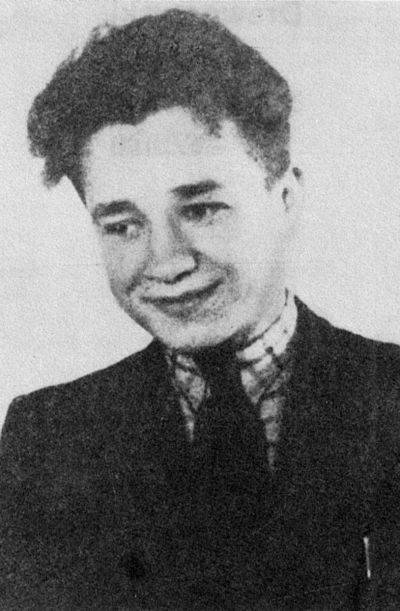Henryk Nazarczuk: Polish War Graves in Germany. A topography of death

In 1995 there was an official ceremony to unveil the memorial stone for the inmates of Stalag VI in Oberlangen (Emsland), where I was given the opportunity to speak to the people who had been directly affected, the soldiers in the Warsaw Uprising. In order to prepare for this meeting I read a lot about the Warsaw Uprising and the groups of rebels who had been thrown wholesale into prison after the signing of the capitulation. I also knew of some of the localities in which the Stalags and Oflags was situated, and in which the soldiers of the Armia Krajowa (Home Army) had been interned alongside those who had been taken prisoner during the invasion of Poland in September 1939. Sad to say my meeting with the women members of the Uprising provided me with no really new knowledge. These women who described themselves as “dziewczyny oberlangówki” (Oberlangen girls) could scarcely keep pace with the programme of visits. From our brief conversations I only learnt that their imprisonment had been “difficult”. Happily, none of them had been killed in Oberlangen and none of them died. They didn’t even know of their fellow soldiers in the Home Army who died here under tragic circumstances after the war, and who had been buried nearby.
Ah well, I thought. They hadn’t had it easy in their “new socialist” fatherland. It was only later that I was disappointed. For many years I tried to advise the people living in Poland who had fought in the Home Army and taken part in the Warsaw Uprising, to stop thinking only about those who had died and were buried in Warsaw. In so far as this was concerned when I published the documentation in the internet I inserted the following appeal on the homepage of the Warsaw Uprising.
“It is right to carry out national memorial ceremonies. True, the ca. 400 graves scattered over German soil are only a fraction of those to be found in the Powązki cemetery (Cmentarz Powązkowski) and the cemetery in the Warsaw suburb of Wola (Cmentarz Wolski), but the approximate 400 soldiers from the Warsaw Uprising make up a whole battalion whose members often died of their wounds during their imprisonment or were killed in concentration camps. Those people who found their final rest in these graves have earned the right to be honoured in national memorial ceremonies because of their armed resistance. For this reason we are adding the forgotten graves to all those who are annually honoured and visited in the cemeteries of Powązki and Wola every day, and those memorial places in the streets of Warsaw to honour the heroes of the city.”
Happily my disappointment was compensated by a friendly reaction from a woman worker in the Muzeum Powstania Warszawskiego (Museum of the Warsaw Uprising). I had got to know her in one of the German cemeteries, and she gave me a list of around 100 names of people who had taken part in the uprising and who had died and been buried in Germany. I am extremely grateful for the information she gave me in a matter which had been the reason for my huge disappointment: the lack of any “interest” in Poland for these graves.
For example this is what happened to the “lost” camp cemetery at Stalag XIA Altengrabow, a graveyard flattened by Russian tanks (it was a Russian military training area until the 1990s), where 52 soldiers of the Warsaw Uprising who had been captured after the invasion of Poland in 1939 found their last resting place. After their last battle for their fatherland they died for it in prison. Up until the present day their fatherland has demonstrated its “gratitude” by forgetting them. I have the impression that none of the two parties (German-Polish Dialogue) is interested in finding and uncovering the graves.












